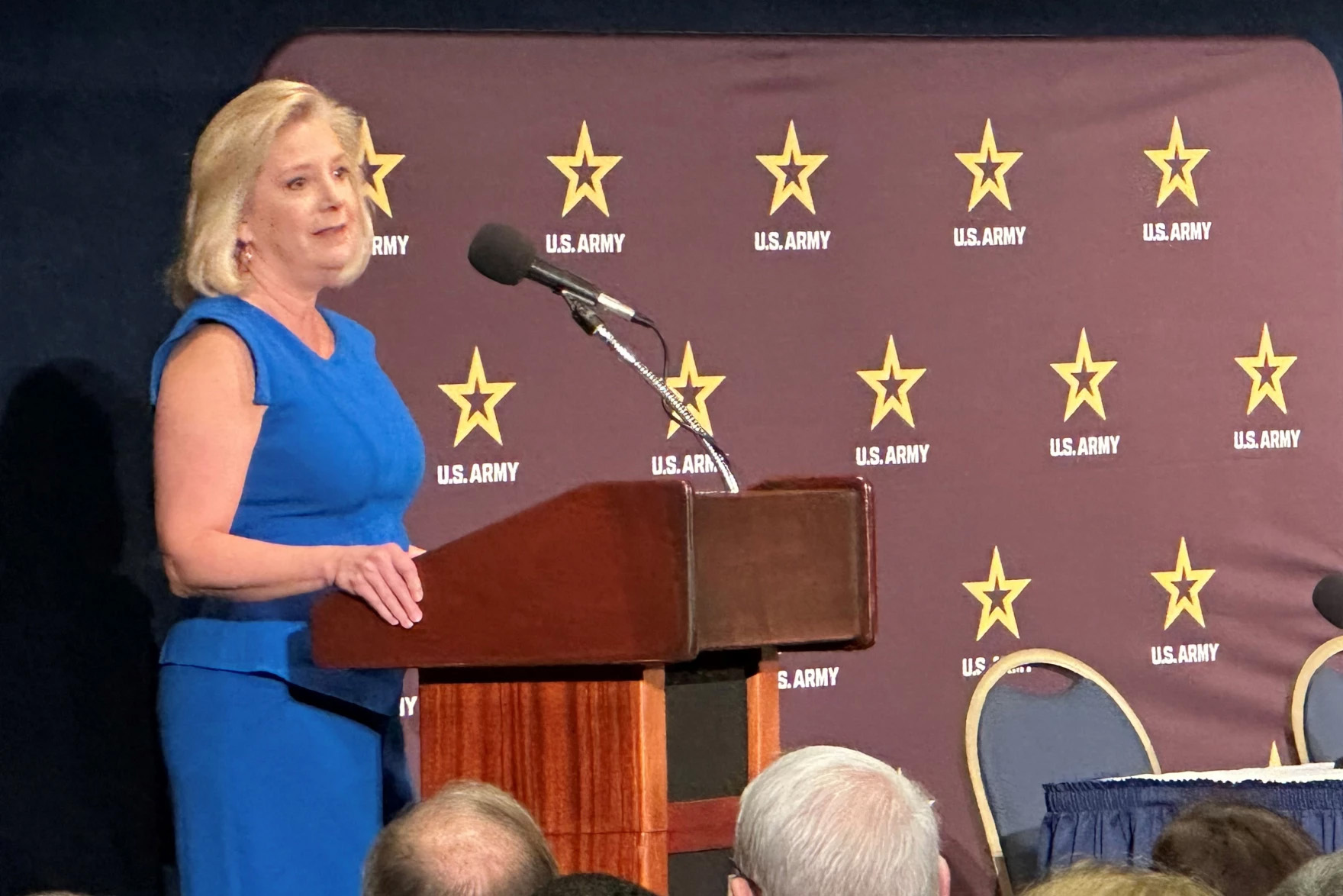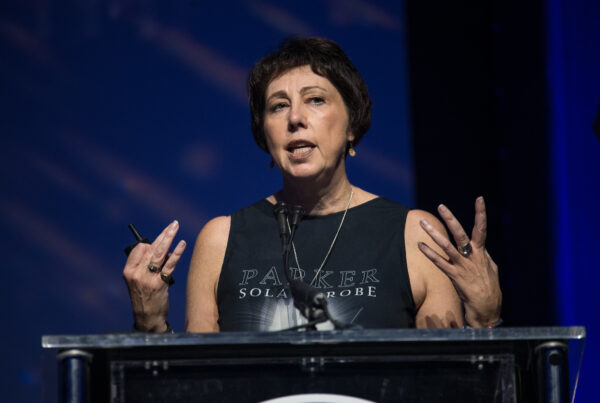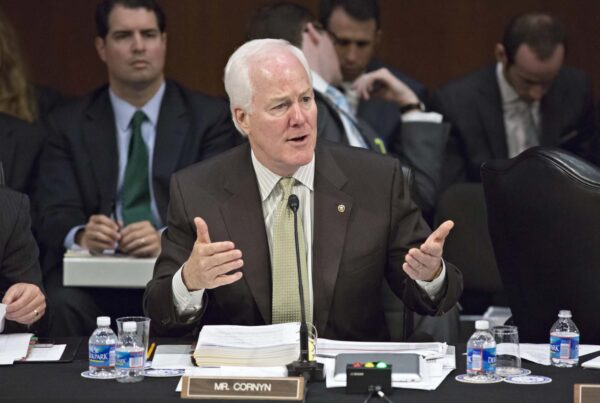From the American Homefront Project:
The Army, which fell 25 percent short of its target of 60,000 new recruits last year, has rolled out a fresh marketing campaign.
And while most of it is new, one part may sound familiar. The tagline is, “Be All You Can Be.”
That phrase graced Army recruiting ads in the 1980s and 1990s, and now it’s back as the Army tries to figure out how to appeal to Gen Z in one of the toughest recruiting markets ever.
At the formal unveiling, Secretary of the Army Christine Wormuth said the rebranding originally was scheduled to launch in August.
“Seeing the situation we were in, in terms of the challenging recruiting environment, our marketing office worked very, very hard to pull this forward so that we could get it out on the airwaves – and the digital waves, I guess – earlier,” she said.














